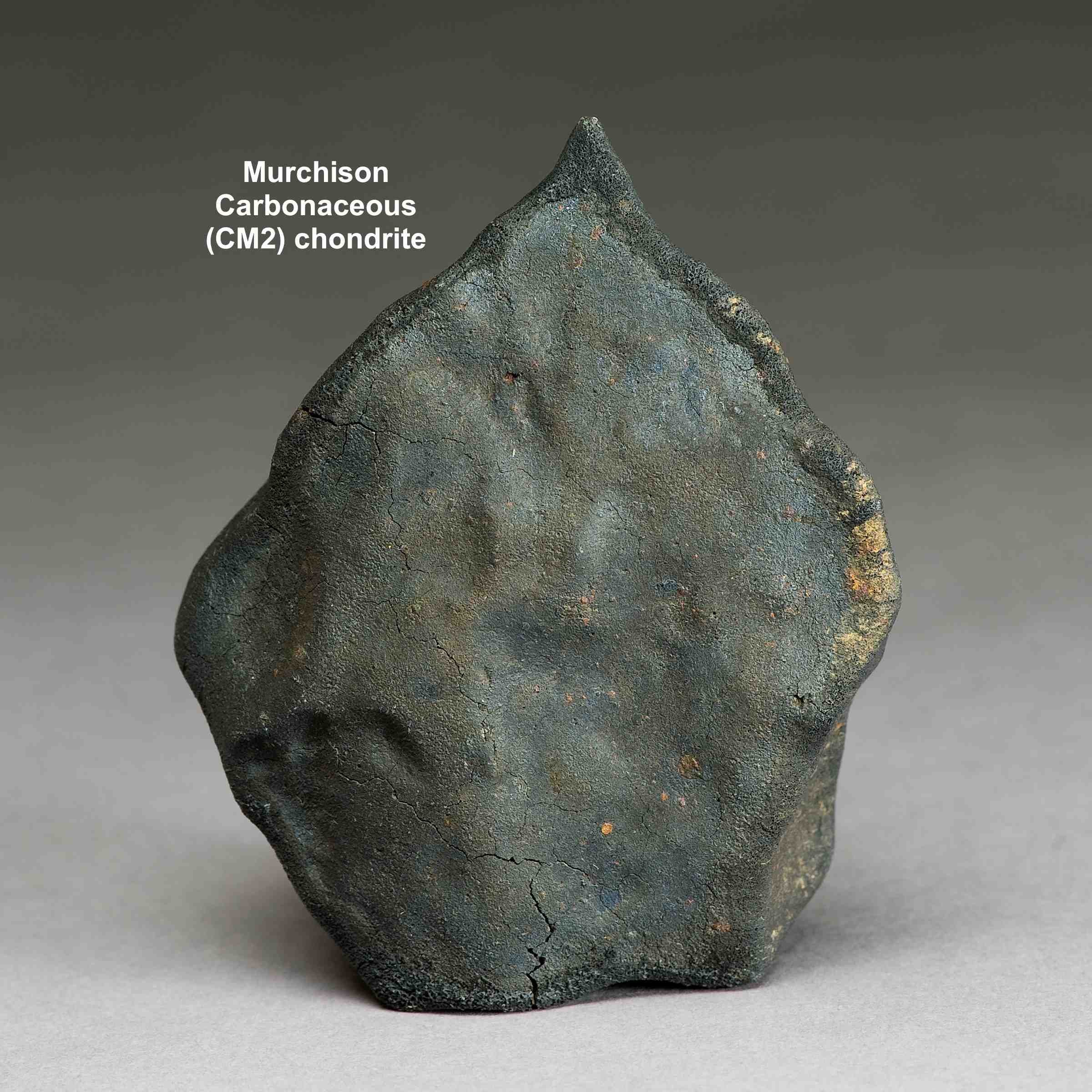

Many local residents collected samples of these meteorites reducing the chance of contamination. Altogether, some 100 kilograms of the Murchison meteorite were recovered and sent to scientific institutions around the world. The Murchison meteorite is a large meteorite that fell to earth near Murchison, Victoria, in Australia, in 1969. The meteorite shower that came to the town of Murchison, 160 kilometres north of Melbourne, on Sunday, 28 September 1969, arrived just two months after the Apollo 11 Moon landing. On 28 September 1969 a meteorite shower fell 2 kilometres south of Murchison. Type: STONE, carbonaceous chondrite, CM2 Description: A fireball was seen.It was parted into three pieces before its disappearing. Of those, the Maryborough is the most recent. These were found, often many years after crash landing. But there have been 16 other meteorites recorded in the state. Location: Near Murchison, Victoria, Australia, 36° 37S, 145° 12E Fell: 1969, September 28,between 10h45m and 11 h 00m L.T. The Murchison is the only known meteorite to be witnessed and collected in Victoria. Locals came upon several fragments of the meteorite, the largest of which, with a mass of 680 grams, crashed through a roof and landed in a pile of hay. Murchison CM2 Carbonaceous Chondrite Meteorites for Sale. local time, followed by an audible tremor in the area. Witnesses saw a fireball streak through the sky and break into three pieces just before 11 a.m.

Ávila.) Meteorite Grains Are the Oldest Known Solid Material on EarthĪ little more than 50 years ago, on September 28, 1969, a meteorite crashed near the rural village of Murchison in Victoria, Australia. Murchison is a carbonaceous chondrite with interesting compounds, including dozens of amino acids. Inset: SiC grain with ~8 micrometers in its longest dimension. For years scientists had been finding organic compounds in meteorites, but could not rule out the possibility that they were Earth-based contamination. The Murchison meteorite, a CM, fell in Australia, in 1969. An interesting result was that polymeric compounds formed in the meteorite after being refrigerated for four weeks, which is evidence that propylene oxide could withstand the. Dust-rich outflows of evolved stars similar to the pictured Egg Nebula are plausible sources of the large presolar silicon carbide grains found in meteorites like Murchison. 1.38 million to pick large pieces of supernova grit out of meteorite Ernst K. The Murchison meteorite was proven to contain the chiral propylene oxide, further confirming the possibility that biotic material originated in space and not on Earth.


 0 kommentar(er)
0 kommentar(er)
